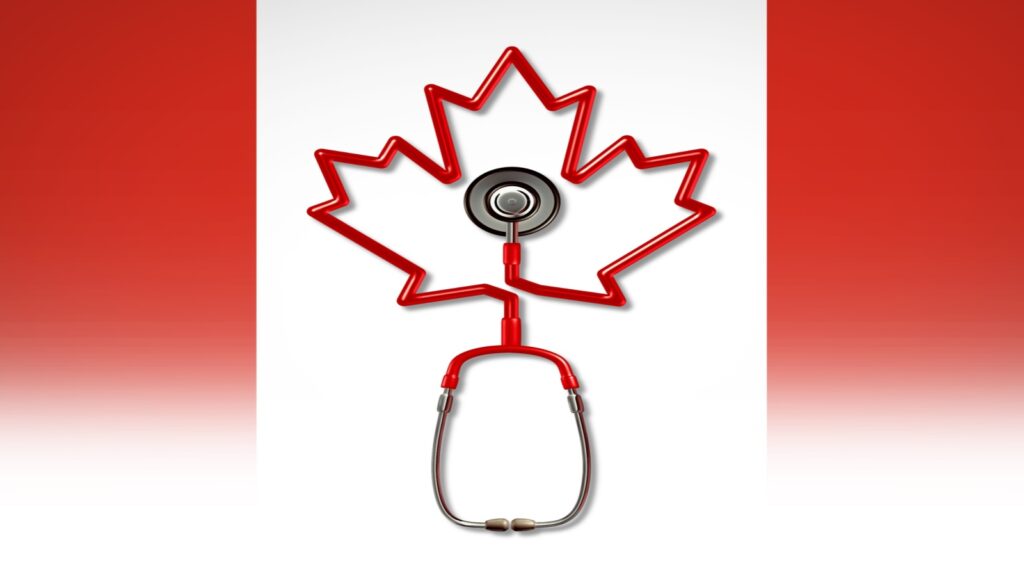Canada, while not perfect, has developed a reputation for enacting legislation that emphasizes equity, logic, and long-term thinking. From healthcare to gun control, taxation to climate response, these measures reveal a nation still anchored in pragmatic governance. Here are 21 Canadian policies that prove common sense still exists.
Universal Healthcare Access
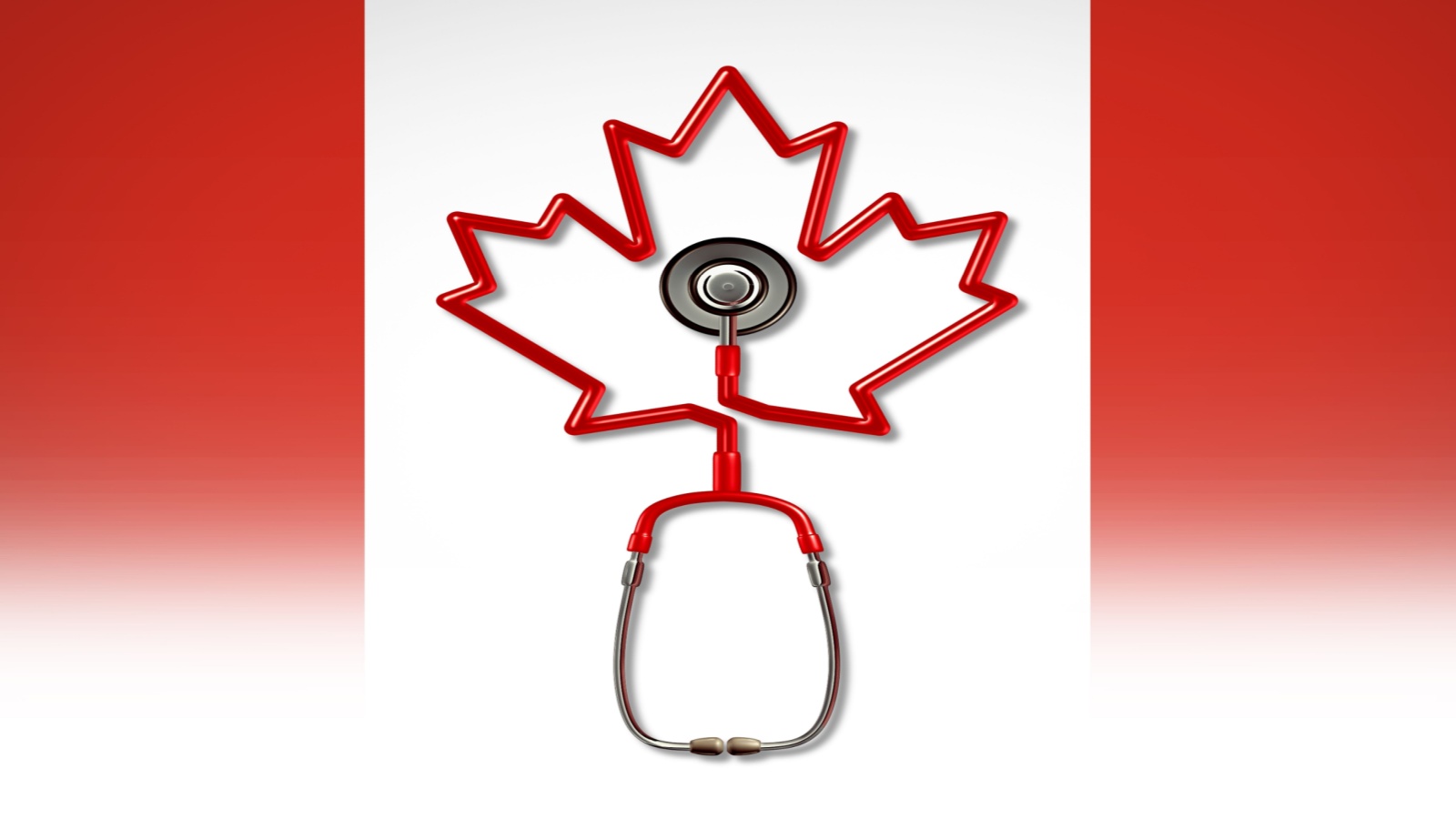
The public healthcare system, known as Medicare, offers medically necessary hospital and physician services to all residents without direct charges at the point of care. This structure reduces financial barriers to health services, improves public health outcomes, and prevents medical bankruptcies. While it doesn’t cover everything, the foundational idea is simple: no one should be denied essential healthcare due to inability to pay. It emphasizes early intervention and ongoing access over expensive emergency-only care.
Gun Control Regulations

Gun ownership in Canada is legal, but tightly regulated. The system requires background checks, safety training, and licensing. Assault-style firearms are restricted or prohibited, and handguns are stringently controlled. Firearms must be stored securely, and there are waiting periods for purchases. The policy doesn’t outlaw responsible ownership; it aims to reduce firearm misuse, accidents, and violence. Mass shootings are notably rare, and the measured approach is widely credited with keeping gun death rates far lower than in many comparable countries. It’s a model that balances rights with public safety.
Legalization and Regulation of Cannabis

Rather than ignoring widespread use or allowing an unregulated black market, the Canadian government legalized recreational cannabis in 2018. The Cannabis Act allows adults to purchase from licensed retailers, grow small quantities at home, and use cannabis legally. The policy focuses on public health, product safety, and reducing youth access. Tax revenues are reinvested in education and addiction services. Law enforcement can concentrate on more pressing issues, and provinces have autonomy to manage distribution.
National Carbon Pricing Strategy

In response to climate change, the federal government implemented a nationwide carbon pricing policy. It applies a charge to fossil fuel emissions, encouraging businesses and individuals to reduce their carbon footprint. Instead of imposing uniform solutions, the system allows provinces to adopt their own pricing mechanisms or accept the federal model. Rebates are issued to households to offset increased costs, especially benefiting low-income families. It rewards energy efficiency while letting market forces drive innovation. It’s a compromise between environmental responsibility and economic flexibility.
Paid Parental Leave

Canadian workers are eligible for paid parental leave through Employment Insurance (EI), allowing one or both parents to take time off to care for a newborn or adopted child. The policy provides up to 18 months of job-protected leave, with income replacement for a portion of that time. It encourages bonding, reduces pressure on new parents, and supports gender equality in caregiving roles. Parents can choose how to split the leave and whether to take it at a standard or extended rate. It’s a humane policy that reflects real family needs and workforce realities.
Banning Conversion Therapy Nationwide
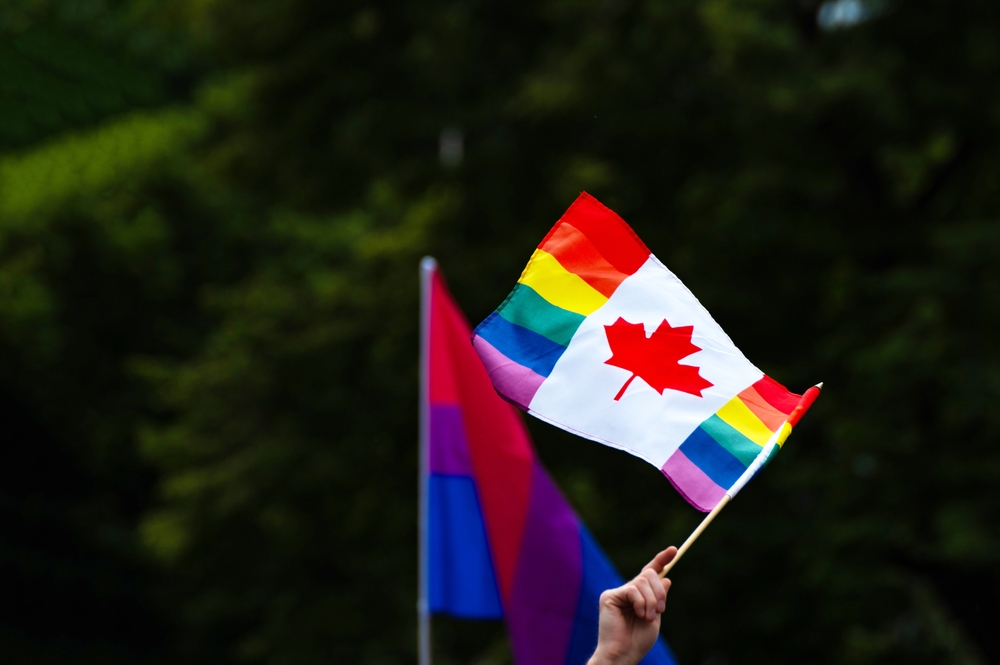
Conversion therapy, the discredited practice of attempting to change an individual’s sexual orientation or gender identity, was formally banned across the country in 2021. The legislation criminalizes promoting, advertising, or performing such services. The law recognizes the psychological harm and trauma caused by these interventions, particularly among LGBTQ+ youth. Rather than deferring to outdated ideologies, the policy reflects contemporary understanding of human rights and dignity. Its passage was supported by a rare consensus across party lines.
Public Broadcasting Mandate

The Canadian Broadcasting Corporation (CBC) receives government funding to provide news, educational content, and cultural programming. Its mandate is to inform, enlighten, and entertain without relying solely on commercial interests. In a media landscape dominated by advertising and clickbait, this model helps ensure that regional voices, Indigenous languages, and public-interest journalism have a platform. And, while not immune to criticism, CBC remains a vital counterweight to market-driven content, offering Canadians a space for national dialogue and informed debate.
National Minimum Drinking Age

Setting the legal drinking age at 18 or 19, depending on the province, strikes a balance between personal freedom and public safety. It helps reduce underage drinking without criminalizing young adults arbitrarily. By combining age limits with controlled retail environments and education campaigns, the approach mitigates risks associated with alcohol use. The system respects provincial autonomy while maintaining consistent national norms. It avoids overly punitive enforcement and promotes responsible consumption.
Multiculturalism Act

Canada was the first country to adopt multiculturalism as official policy through the Canadian Multiculturalism Act of 1988. It affirms the right of individuals to preserve cultural heritage while participating equally in national life. This isn’t simply aspirational; it influences programs in education, broadcasting, and immigration. The policy supports integration rather than assimilation, encouraging intercultural dialogue and mutual respect. It provides a framework for combating discrimination and promoting inclusion.
Electoral Boundary Commissions
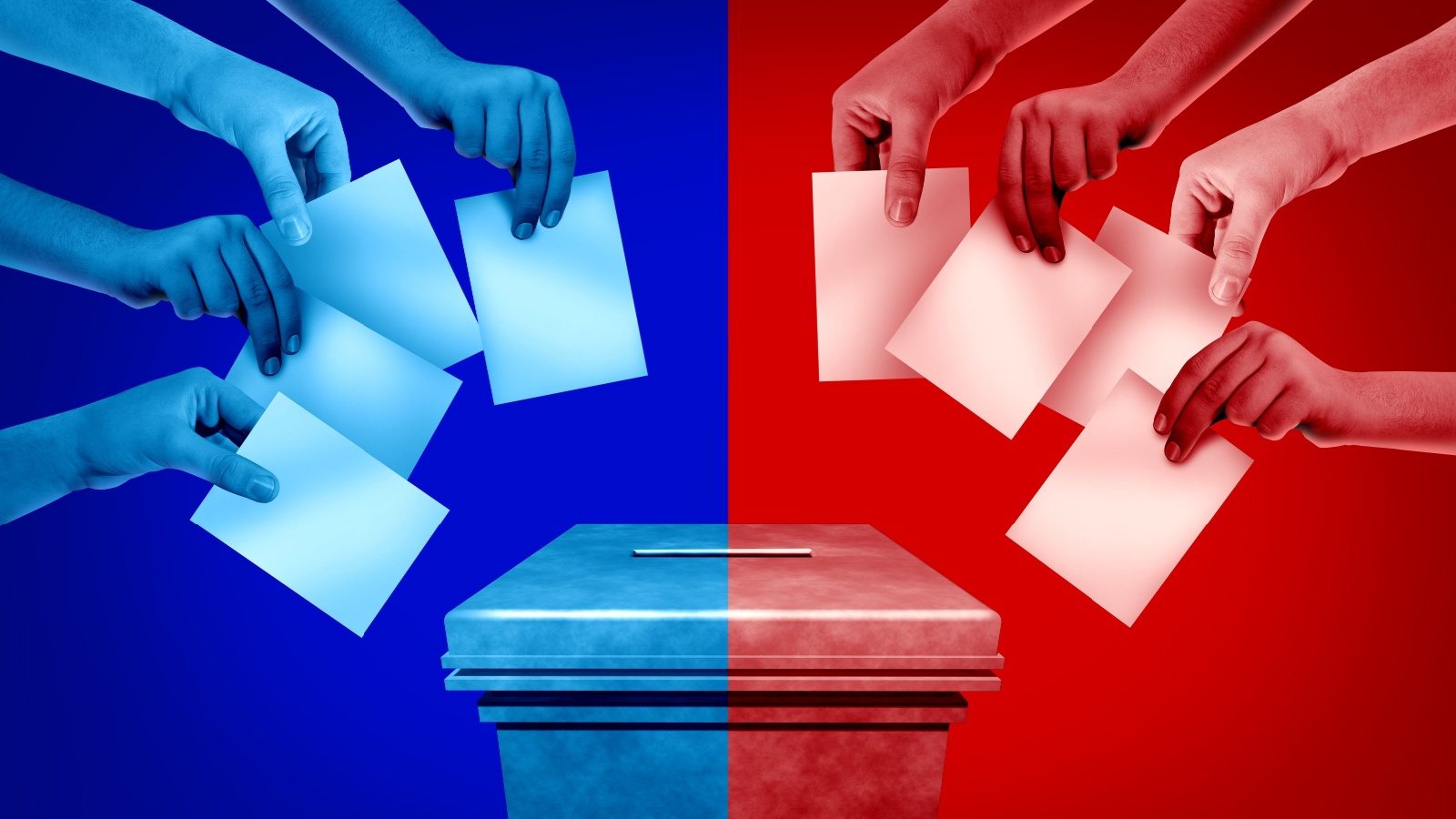
To reduce political bias in redistricting, Canada uses independent commissions to draw federal and provincial electoral boundaries. These nonpartisan bodies consider population data and community representation rather than party advantage. The result is fairer electoral maps and more competitive elections. By contrast, gerrymandering remains a contentious issue in many democracies. The Canadian model offers a clear example of prioritizing democratic legitimacy over partisan gain.
Automatic Voter Registration

Elections Canada automatically registers eligible voters when they interact with government services, such as applying for a driver’s license. This proactive system removes barriers to participation and reduces administrative burdens. It improves turnout, especially among younger and first-time voters. The process also respects privacy while ensuring electoral integrity. Rather than relying on campaigns to motivate registration, the policy embeds civic readiness into everyday bureaucracy.
No-Fault Divorce Law

The Divorce Act allows for no-fault divorce on the grounds of separation, streamlining a process that once required proving wrongdoing. The change reduces conflict, legal costs, and emotional strain, especially when children are involved. Couples can end marriages with dignity and without unnecessary acrimony. The law reflects an understanding that not all relationships work out, and it prioritizes resolution over blame. It provides legal clarity and standard procedures while respecting individual circumstances. This shift, rooted in compassion and realism, improved access to justice for thousands.
Legal Recognition of Indigenous Rights
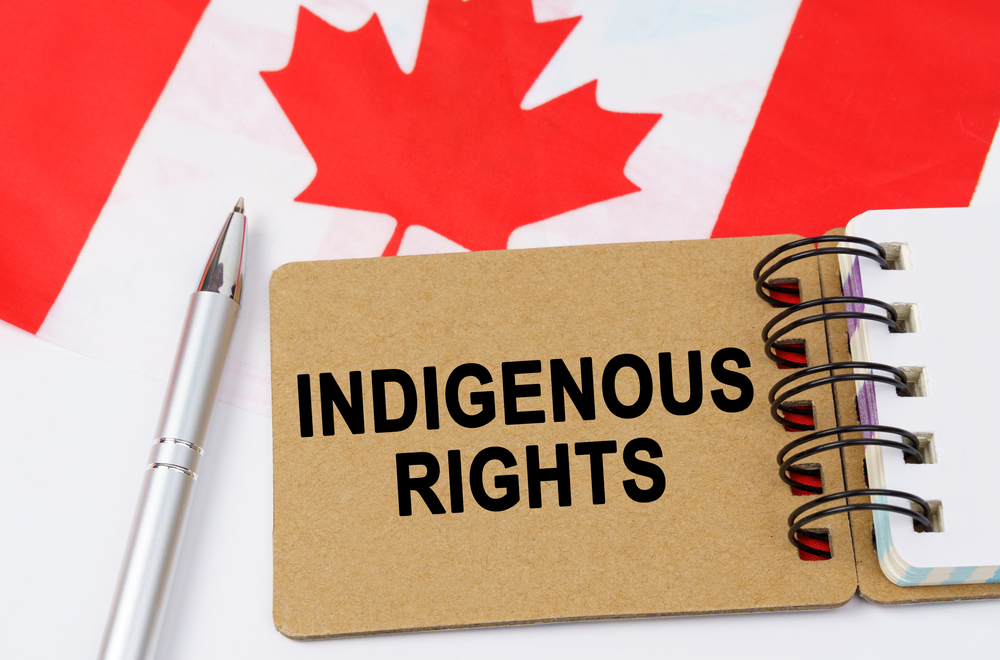
Section 35 of the Constitution Act recognizes and affirms the rights of Indigenous peoples, including land claims, treaties, and self-government. Though implementation has been uneven, the legal foundation sets Canada apart in acknowledging pre-colonial sovereignty. Court decisions have expanded interpretations to include consultation and accommodation duties. This policy reflects a legal and moral commitment to reconciliation and Indigenous autonomy. It’s far from perfect, but the recognition of inherent rights provides a framework for ongoing negotiations and shared governance.
Bilingualism in Federal Institutions

English and French have equal status in federal government operations, enshrined in the Official Languages Act. Government services, publications, and proceedings must be accessible in both languages. The policy ensures that French-speaking minorities outside Quebec can interact with their government without linguistic disadvantage. It also supports language education and cultural preservation. This official bilingualism reflects the country’s historical roots and promotes national unity. Rather than forcing uniformity, the model allows two linguistic traditions to coexist within public life.
Needle Exchange and Safe Injection Sites

Harm reduction programs, including needle exchanges and supervised consumption sites, are designed to prevent overdoses, reduce disease transmission, and connect individuals to healthcare. These services are grounded in public health principles, not moral judgment. Staff offer nonjudgmental support and referrals to treatment. By addressing addiction as a health issue, the policy improves outcomes for individuals and communities. Studies have shown reductions in emergency calls, infections, and deaths in areas with such services.
Open Data Initiatives
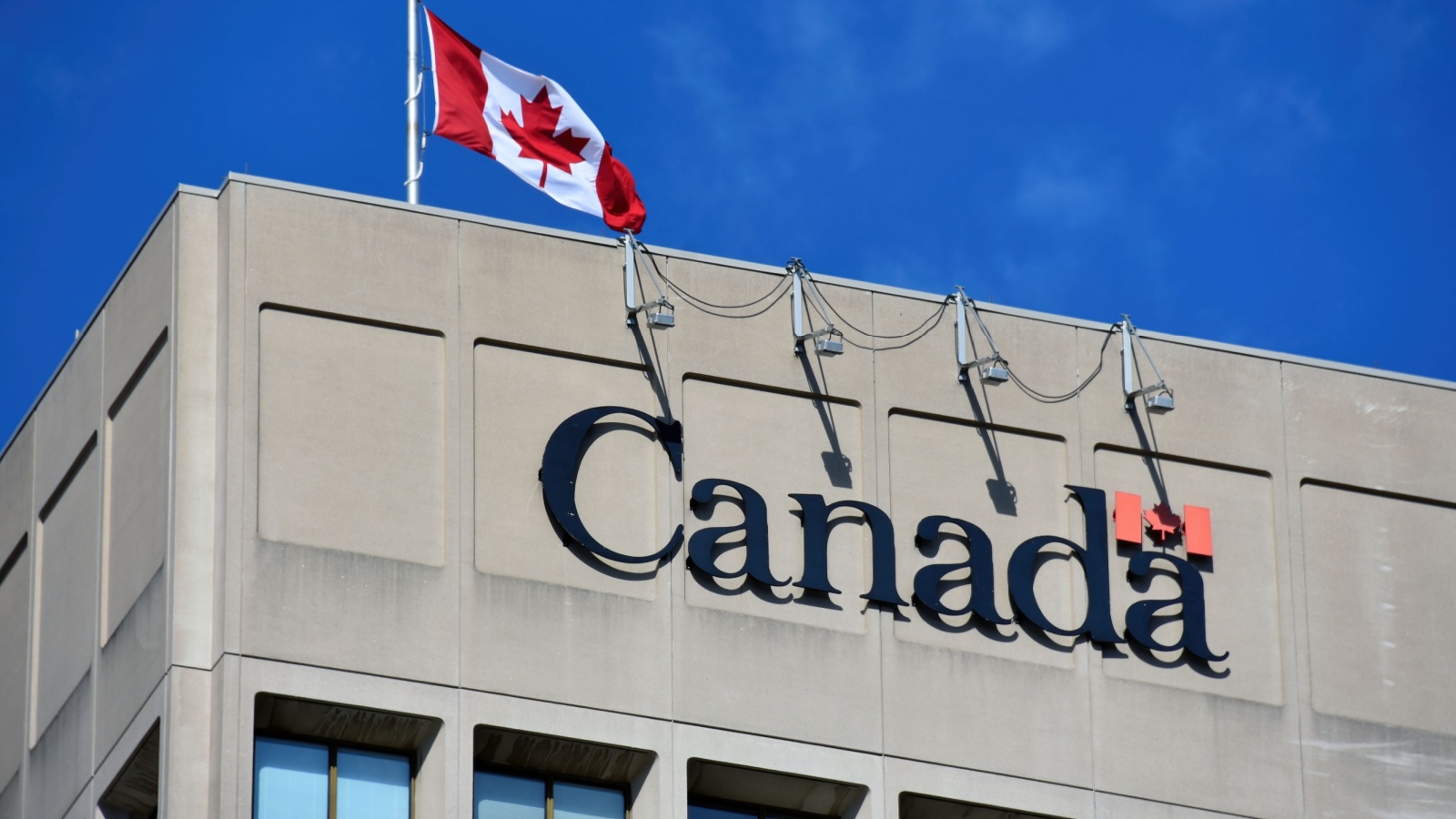
The federal government’s Open Government portal provides public access to thousands of datasets, from climate trends to economic indicators. This transparency initiative allows researchers, journalists, and citizens to analyze government information without gatekeeping. It encourages civic innovation and holds institutions accountable. The policy supports informed public debate and contributes to better policymaking. By making data freely available it reduces suspicion and fosters trust in governance.
Ban on Cosmetic Animal Testing

In 2023, Canada officially banned cosmetic testing on animals. The law prohibits the sale of products developed using such methods, aligning with growing ethical standards and consumer preferences. It follows scientific advances that offer alternative testing models without cruelty. The policy demonstrates responsiveness to public opinion and global trends in animal welfare. It also encourages innovation in product safety. While limited in scope, the ban sets a precedent for future reforms in related industries and regulatory standards.
Tuition-Free Primary and Secondary Education

Public education is offered free of charge through Grade 12, funded by taxes and administered by provinces. This policy ensures equal access regardless of socioeconomic background. The system includes publicly funded school boards, curriculum standards, and teacher accreditation. Students receive instruction in English or French and can access support services. By prioritizing education as a right, the policy supports long-term social mobility and economic resilience.
Refugee Resettlement Programs

Through both government-assisted and private sponsorship programs, refugees are offered resettlement, housing, language training, and employment support. The system has gained international recognition for its efficiency and humanity. Private citizens can co-sponsor newcomers, building community ties and easing integration. The policy blends compassion with structure, ensuring safety screenings and coordinated services. It reflects a broader commitment to human rights while addressing global displacement. Resettled refugees contribute to the economy and enrich civic life, with many becoming permanent residents and citizens.
National Parks and Protected Lands

The country manages over 200 national parks, marine conservation areas, and historic sites through Parks Canada. These lands are protected for ecological, cultural, and recreational purposes. The policy restricts development while promoting sustainable tourism and environmental education. It helps conserve biodiversity, safeguard Indigenous heritage, and mitigate climate change impacts. Access is affordable, and visitor programs emphasize stewardship. By enshrining nature protection in public policy, the approach prioritizes long-term preservation over short-term exploitation.
Anti-Spam Legislation (CASL)
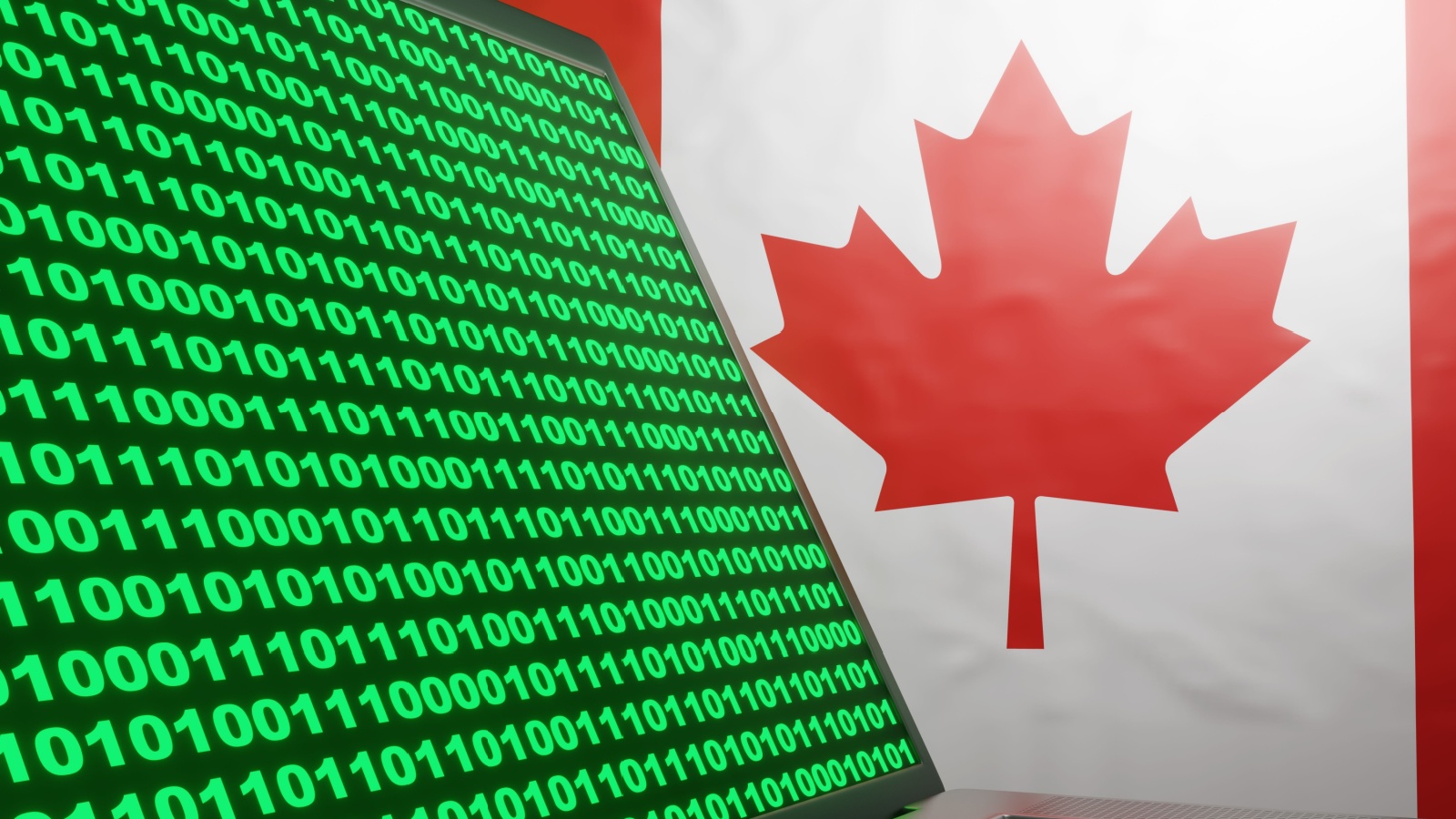
The Canadian Anti-Spam Legislation (CASL) regulates commercial electronic communications. Businesses must obtain consent before sending marketing messages and provide clear unsubscribe options. The law protects consumers from unwanted solicitation and cyber threats like phishing. It sets some of the world’s strictest digital marketing rules, with enforcement mechanisms and penalties for violations. The policy supports digital trust and privacy without stifling legitimate commerce. It’s a proactive response to technological shifts, balancing innovation with protection.
25 Facts About Car Loans That Most Drivers Don’t Realize

Car loans are one of the most common ways people fund car purchases. Like any other kind of loan, car loans can have certain features that can be regarded as an advantage or a disadvantage to the borrower. Understanding all essential facts about car loans and how they work to ensure that you get the best deal for your financial situation is essential. Here are 25 shocking facts about car loans that most drivers don’t realize:
25 Facts About Car Loans That Most Drivers Don’t Realize
